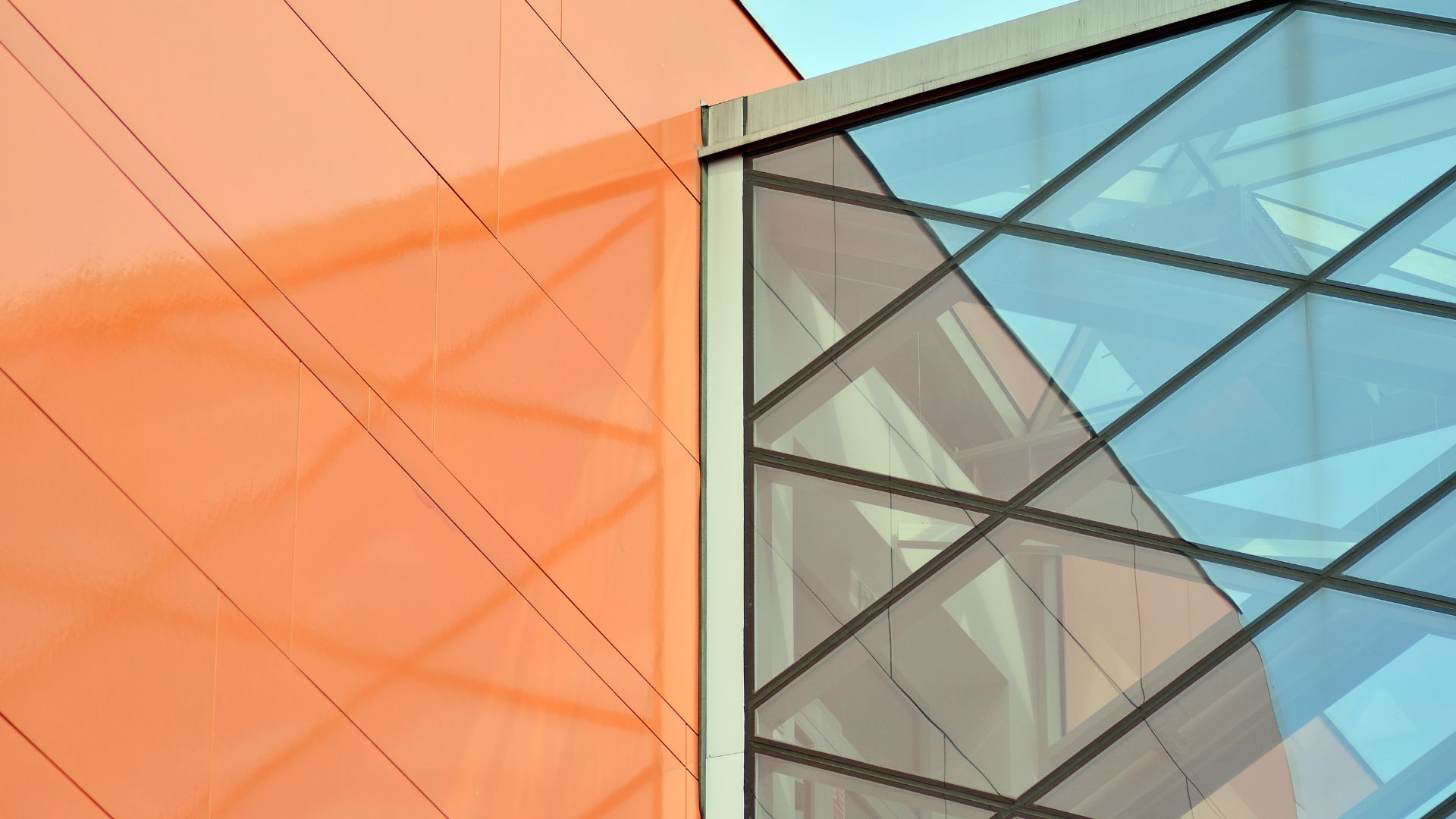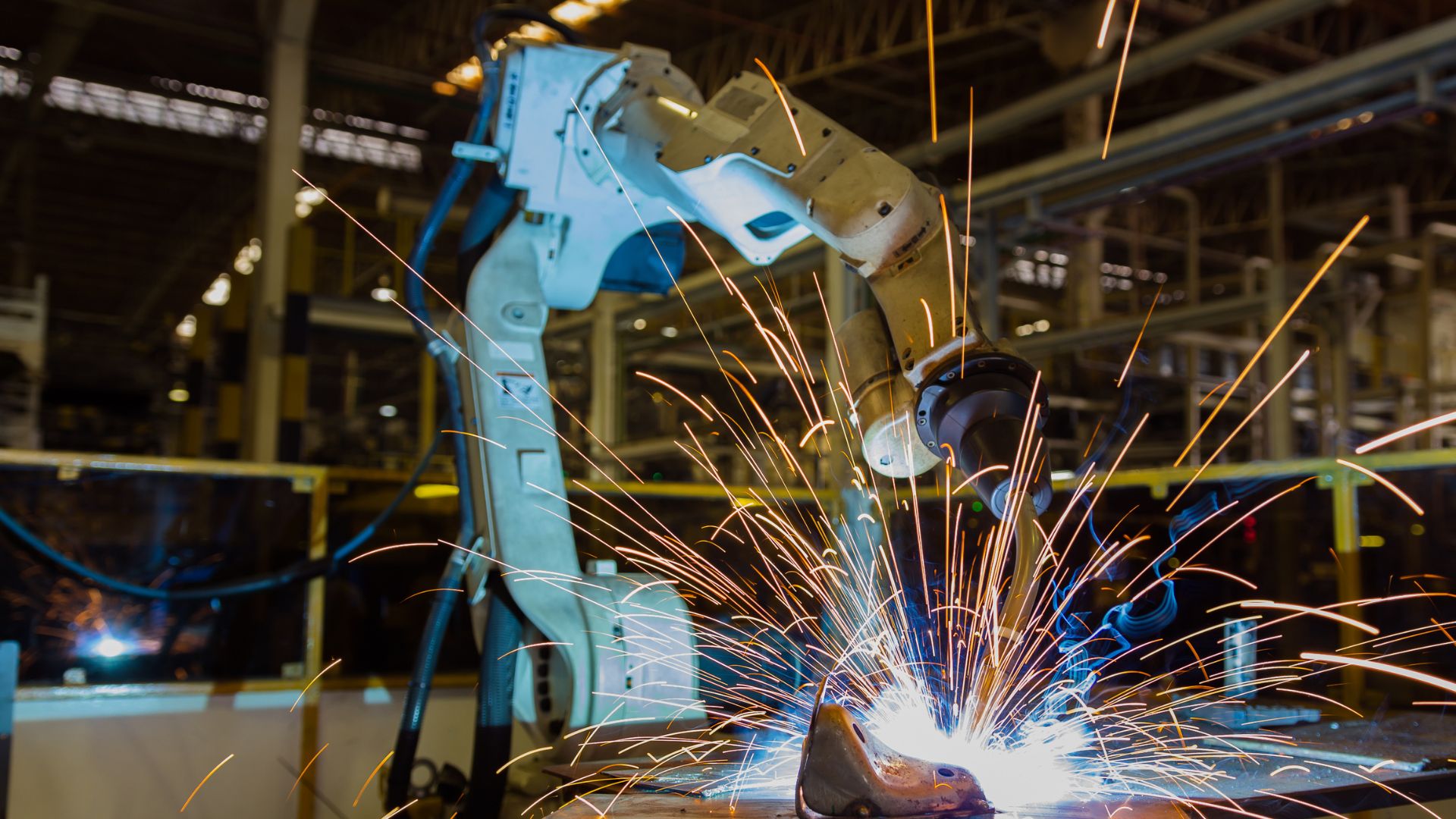
Understanding steel fabrication is essential for construction and fabrication professionals looking to optimize project outcomes through material selection.
At Spirit Metals, we’ve witnessed firsthand how strategic steel processing can dramatically improve structural performance, reduce maintenance costs, and enhance project timelines across Florida’s commercial construction landscape.
Whether you’re constructing commercial buildings, working on bridges, or handling specialized projects, mastering structural steel work can give you a competitive edge.
The Hidden Challenges of Steel Fabrication in Construction Projects
Are you struggling to determine which steel grade makes the most sense for your projects? Have you experienced unexpected corrosion issues or strength miscalculations that impacted your project’s timeline or budget?
You’re not alone. Many professionals face significant challenges when it comes to steel fabrication:
- Material specification uncertainty: Selecting the optimal steel grade from dozens of options can be overwhelming without a systematic approach.
- Cost justification: Explaining the long-term value of premium steel grades to clients who see only the upfront cost differential.
- Process technique limitations: Traditional methods may cause problems when applied to specialized steel grades without proper modification.
- Performance prediction: Accurately forecasting how steel components will perform under specific environmental conditions and load requirements.
- Supply chain inconsistency: Securing high-quality steel products with reliable delivery timelines to meet project schedules.
Understanding Steel Fabrication and Its Importance
Steel fabrication spans virtually every sector of commercial construction, industrial applications and manufacturing. The versatility of this strong, durable metal makes it indispensable for modern building projects, but proper metalworking requires specialized knowledge.
The selection of appropriate steel processing methods impacts several critical project factors:
- Structural integrity: Different steel grades offer varying levels of strength and ductility, making proper selection crucial for load-bearing applications.
- Project longevity: The corrosion resistance of properly specified and finished steel can significantly extend the lifespan of structures in harsh environments, particularly in Florida’s coastal regions.
- Installation efficiency: Proper steel assembly techniques can reduce installation time and labor costs by ensuring components fit together precisely.
- Aesthetic considerations: Various finishing options available in metal shaping offer architects and designers flexibility in achieving desired visual impacts while maintaining structural performance.
According to the American Institute of Steel Construction’s annual report, steel fabrication remains the backbone of commercial construction, with innovations in manufacturing techniques driving improved project outcomes and sustainability metrics.
Key Steel Fabrication Applications Across Industry Sectors
Understanding where structural steel work excels helps you make informed decisions about your projects. Here are the most significant applications by sector:
Commercial Construction
- Structural frameworks: Steel’s unmatched strength-to-cost ratio makes it the preferred material for building frames
- Architectural features: Custom steel components create distinctive building elements with excellent load-bearing capabilities
- Reinforcement systems: Strategically formed steel elements to strengthen concrete and other materials
- Connection systems: Precisely engineered steel connections that ensure structural integrity throughout the building
Infrastructure and Transportation
- Bridge components: Metal forming enables the creation of critical load-bearing elements with excellent fatigue resistance
- Highway structures: Support systems for overpasses, signs, and barriers that withstand environmental stresses
- Railway infrastructure: Steel track components, support structures, and specialized hardware
- Public facilities: Steel-formed frameworks for transit stations, airports, and public buildings
Industrial Applications
- Equipment frames: Custom steel structures for manufacturing equipment and production lines
- Material handling systems: Conveyor supports, hoppers, and transfer systems built to withstand continuous use
- Storage solutions: Tanks, silos, and specialized containment systems manufactured to precise specifications
- Heavy equipment components: Critical parts requiring both strength and precision manufacturing
Energy Sector
- Structural towers: Metal construction for power transmission, communications, and renewable energy structures
- Pipeline components: Custom fittings, supports, and specialized elements for oil and gas infrastructure
- Power generation equipment: Support structures and housings for generating equipment
- Offshore platforms: Specialized steel component production for marine energy extraction facilities
According to research from the Steel Market Development Institute, modern steel fabrication techniques have reduced construction time by up to 30% compared to traditional methods while improving structural performance and safety factors.
Related: Understanding Structural Steel Plate Types
Selecting the Right Steel Grade for Your Fabrication Project
The success of steel construction depends largely on matching the right steel grade to specific project requirements. Here’s how to navigate the selection process effectively:
Understand the Steel Classification System
Steel grades are categorized based on chemical composition and mechanical properties.
- Carbon steels: A36, A572, and similar grades offering good weldability and formability
- High-strength low-alloy (HSLA) steels: Grades like A588 and A992 providing enhanced strength with good fabrication characteristics
- Stainless steels: 304, 316, and other grades offering superior corrosion resistance for specialized applications
- Tool steels: Specialized grades for applications requiring extreme hardness and wear resistance
- Weathering steels: Self-protecting grades like Cor-Ten that develop a stable rust layer in atmospheric exposure
Analyze Environmental Exposure
The service environment significantly impacts which metal processing approach will succeed.
- Coastal exposure: Stainless or properly coated carbon steels typically perform best in salt-air environments
- Industrial settings: HSLA steels often provide the best balance of corrosion resistance and strength
- Interior applications: Standard carbon steels usually offer the most economical solution
Consider Fabrication Methods
Different grades respond differently to various metalworking techniques.
- Welding considerations: Some grades require specific procedures and filler metals
- Forming requirements: Carbon steels typically offer better formability for complex shapes
- Machining needs: Certain grades provide superior machinability for precision components
Evaluate Finish Requirements:
The desired appearance and durability of the finish affect grade selection.
- Painting substrates: Surface preparation requirements vary by grade
- Natural weathering: Different grades develop different appearances as they age naturally
- Galvanizing potential: Some grades are more suitable for hot-dip galvanizing than others
Related: What is Galvanizing and When is it Recommended?
Innovative Steel Fabrication Techniques in Modern Construction
The construction industry continues to develop new metal shaping approaches that solve complex challenges:
- Advanced connection systems: Pre-engineered steel connections that simplify field assembly while ensuring structural integrity.
- Modular construction: Pre-fabricated steel structural systems that enable rapid on-site assembly, reducing construction time by up to 40%.
- 3D modeling integration: BIM-driven structural steel work that improves precision and reduces field modifications.
- Robotic welding: Automated metal forming processes that improve consistency and quality while reducing labor costs.
- Hybrid systems: Innovative combinations of steel with other materials to optimize performance and cost-effectiveness.
Optimizing Steel Fabrication: Best Practices
To maximize the performance of your steel fabrication projects, consider these industry-proven approaches:
Design For Fabrication Efficiency
Optimize designs to minimize complex operations while maintaining structural integrity.
- Standardize connections: Reduce variety of connection types when possible
- Consider available equipment: Design within the capabilities of available manufacturing tools
- Minimize material waste: Layout components to optimize material usage
Select Appropriate Joining Methods
The success of metal assembly often hinges on proper joining techniques.
- Welding procedures: Follow qualified procedures appropriate for the specific grade
- Bolted connections: Consider slip-critical vs. bearing-type connections based on loading
- Adhesive applications: Explore modern structural adhesives for appropriate applications
Specify Proper Surface Preparation and Finishing
Protection of steel surfaces is critical for long-term performance.
- Cleaning standards: Specify appropriate cleaning methods (blast cleaning, chemical treatment)
- Coating systems: Select multi-layer systems appropriate for the exposure environment
- Quality control: Implement inspection protocols to ensure coating integrity
Address Thermal Considerations
Steel’s thermal expansion properties require attention in design and fabrication.
- Expansion joints: Required at specific intervals in large steel structures
- Fireproofing requirements: Integrate fire protection systems during the steel processing
- Temperature effects during welding: Account for distortion and stress during manufacturing
How Spirit Metals Supports Your Steel Fabrication Projects
At Spirit Metals, we provide comprehensive support for steel fabrication projects starting in Florida and extending nationwide:
- Material selection expertise: Our team helps you navigate steel grade options to match your specific application requirements.
- Custom fabrication capabilities: We can provide steel components manufactured to your exact specifications.
- Quality assurance: All our steel products meet or exceed industry standards and come with proper certification.
- Right-on-time delivery: We understand project timelines and ensure materials arrive when needed at your job site.
- Technical support: Our experts can assist with questions about metal processing throughout your project lifecycle.
Conclusion: Leveraging Steel Fabrication for Competitive Advantage
Understanding and implementing appropriate steel fabrication techniques can significantly impact your project outcomes. By selecting the right grades, designing specifically for steel’s properties, and partnering with knowledgeable suppliers, you can deliver projects that offer better performance, longer service life, and improved return on investment.
As Florida’s construction industry continues to evolve, steel fabrication will play an increasingly important role in meeting the challenges of coastal environments, energy efficiency requirements, and accelerated construction schedules.
Whether you’re designing a commercial building, working on infrastructure projects, or handling specialized work, Spirit Metals is your trusted partner for steel materials and expertise. Contact us today to discuss how we can support your specific metal construction needs and help you achieve superior project outcomes.

